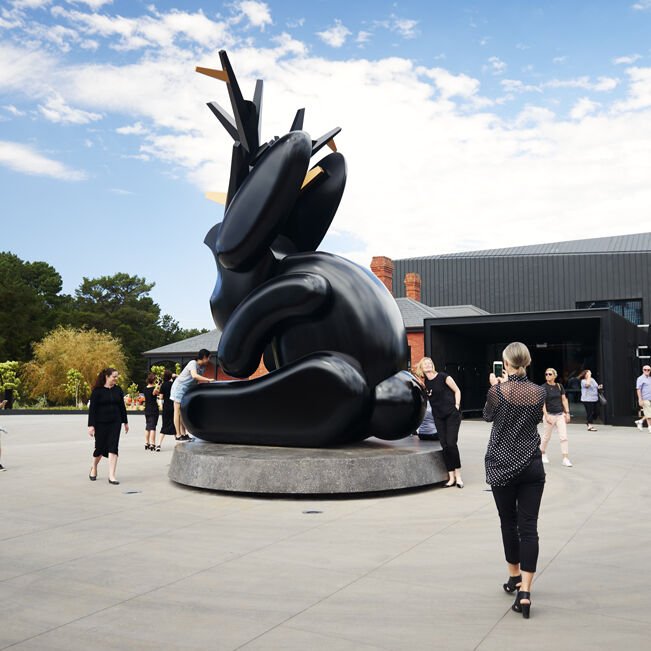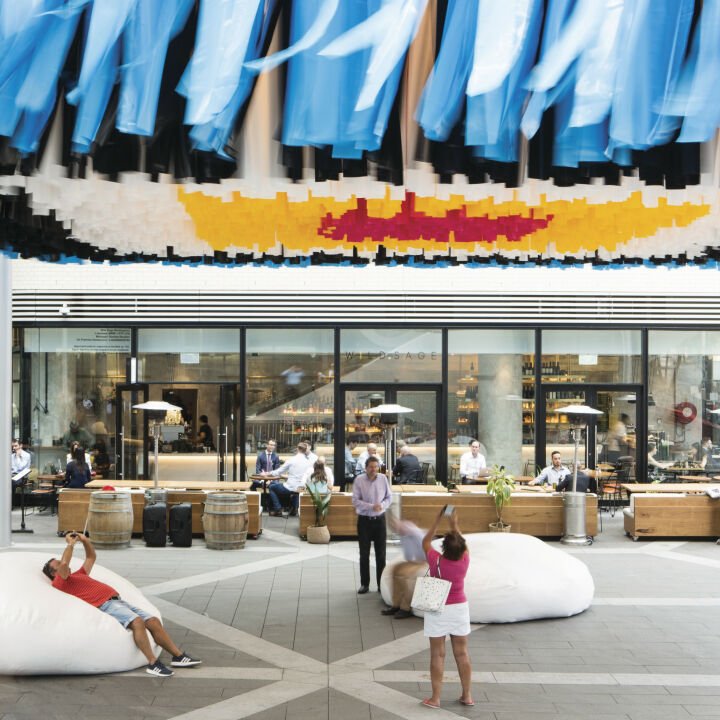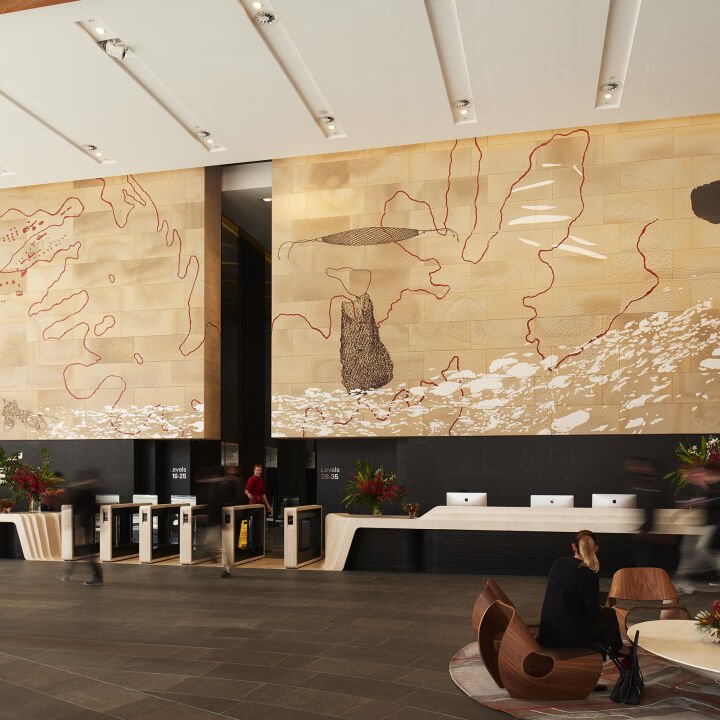Public Art 360
In a world-first, the research and innovation team at the Griffith University and the curatorial team at UAP are developing a comprehensive and holistic research tool to evaluate the impacts and benefits of public art.

#Griffith University and UAP Partner to Create Public Art 360
In a world-first, the research and innovation team at the Griffith Centre for Design and Innovation Research and the curatorial team at UAP are developing a comprehensive and holistic research tool to evaluate the impacts and benefits of public art. The study aims to evaluate the social, cultural, economic, sustainable and technological impacts of public art was announced at the International Sculpture Conference in Portland, Oregon.
UAP Principal and Senior Curator, Natasha Smith, said the Public Art 360 – Public Art Impact and Benefits Study is the most comprehensive of its kind ever conducted in the industry of public art.
“The intrinsic value of public art is that it connects audiences, educates and sparks creativity, but beyond that, there is currently no objective way to look at other impacts it might have on the community,” Ms Smith said.
“We know that ultimately public art is good for business. It attracts audiences, supports jobs, generates revenue, is the cornerstone of tourism and spurs business development… this tool will enable us to capture some of those outcomes.”
Griffith University’s Professor of Experience Design and Founding Director of the Griffith Center for Design and Innovation Research (CDAIR), Ming Cheung, said the tool would provide a reliable means to evaluate the value and return-on-investment of public art.
“For public art to be considered in city planning and infrastructure, there needs to be evidence of its positive impact on the community and its cost-effectiveness,” Professor Cheung said.
“We are aiming to create an objective and holistic tool that will enable us to answer questions like ‘What are the immediate and long-term impacts of public art on society, culture, economy, sustainability and technological advancement?’, ‘How does public art add value to a city, a place and a community?’, and ‘Why could public art be beneficial to health and wellbeing?”.’
UAP Director of New Business and Senior Curator, Owen Craven, said the tool would help to determine the overall effectiveness of an artwork.
“Artists will be able to measure the success of their work, those who commission it will see the return on their investment, communities will recognise the value of the artwork, and policymakers will come to understand the short, medium and long-term impacts of public art,” Mr Craven said.
“It will make it possible to capture what an artwork has achieved, compare that with other artworks, and use those learnings to better future projects, not only in Australia but around the world.”
As part of the launch of Public Art 360, UAP’s curatorial team are identifying pilot projects in Australia, China and the US and finalising two journal articles as part of the research project.
#Related Articles

UAP + Polich Tallix
UAP and Polich Tallix were both born out of similar philosophies and values: a dedication to craftsmanship, continued support of the creative vision, and a devotion to exceptional collaboration, all delivered with finesse and enthusiasm.
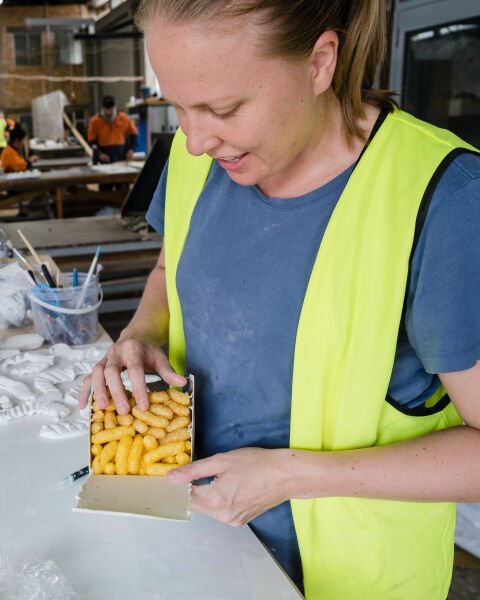
From Food and to the Foundry
From Food and to the Foundry: Looking at the artist's time at the UAP Brisbane workshop
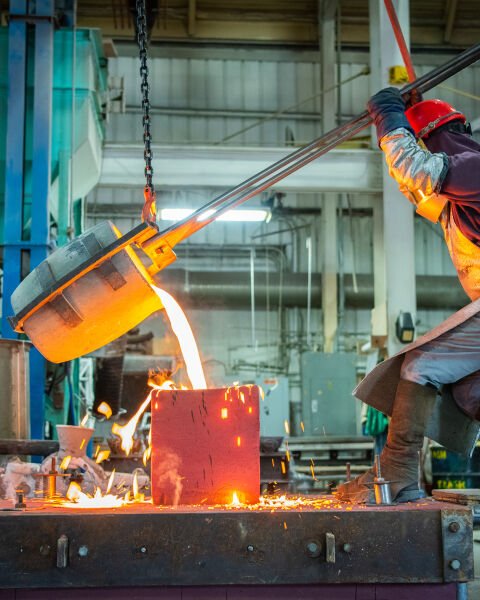
Art in America: Q&A with Daniel Tobin
Daniel Tobin talks about artistic intent, making mistakes and learning from them, and the company's journey to sustainability.
